
Discover the average hot tub maintenance cost, what impacts pricing, and how to save money. Get expert tips to keep your hot tub running smoothly all year.
It has a small footprint, but it packs in a lot of features


A swim spa is essentially a cross between a hot tub and a swimming pool.
Swim spas can be used for relaxation or exercise.
They’re typically 12 to 19 feet long.
Swim spas cost an average of $22,500.
If you’ve been toying with the idea of getting a hot tub or swimming pool but can’t quite commit to either, a swim spa might be the way to go. But what is a swim spa, exactly? It offers heat and hydromassage for relaxation and the option to swim against a current, and it doesn’t take up a lot of space. Our guide explores the pros and cons to help you decide if a swim spa is right for you.
A swim spa is a small pool with the hydromassage and heated features of a hot tub. It offers the therapeutic, spa-like benefits of a hot tub and also has enough room for swimming using the built-in current. In other words, a swim spa is a one-stop shop for relaxation and exercise.
Now that you know what a swim spa is, here’s a quick look at the key pros and cons.
Pros
Easy to fit in smaller yards
Improves wellbeing through relaxation and fitness
Quick installation process
Cons
High running costs for heat and electricity
Not as aesthetically pleasing as a regular swimming pool
Not ideal for social swimming due to its size
With all the perks rolled into a swim spa, you’re probably wondering how it functions. Water flows into the swim spa via filtration and suction inlets, the same way water flows into a hot tub. Additionally, it has jets to power the current system that allows people to swim on the spot.
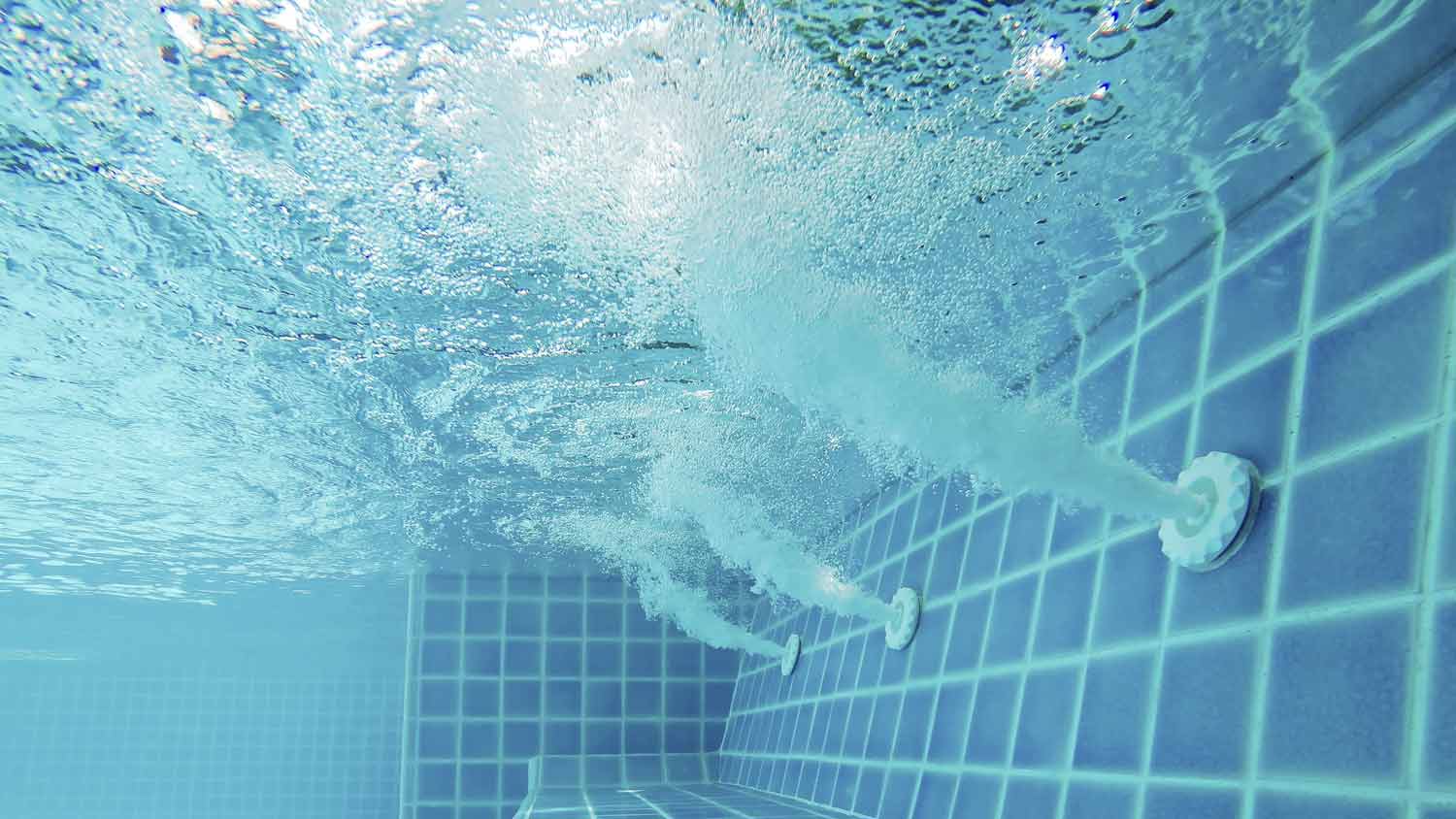
Much like there are different types of pools, there are different types of swim spas. Here’s a quick look at some of the options; a hot tub installer near you can help you narrow down your choices:
Jetted Swim Spa. This type of swim spa makes a current using a motor and pump that pumps water through jets. It’s designed to mimic the experience of swimming in open water but accounts for the smaller space.
Propulsion Swim Spa. Propulsion swim spas are also designed to mimic the experience of swimming freely, but instead of using jets, they use a propeller design.
Dual Zone Swim Spa. This type of swim spa offers space for both relaxing and swimming—hence the dual zones. This type is ideal if people want to host larger groups and take advantage of both swim spa features at once.
Fitness Swim Spa. Fitness swim spas are intentionally designed to be used for fitness.They are typically smaller than average swim spas and offer features such as rowing machines and underwater treadmills.
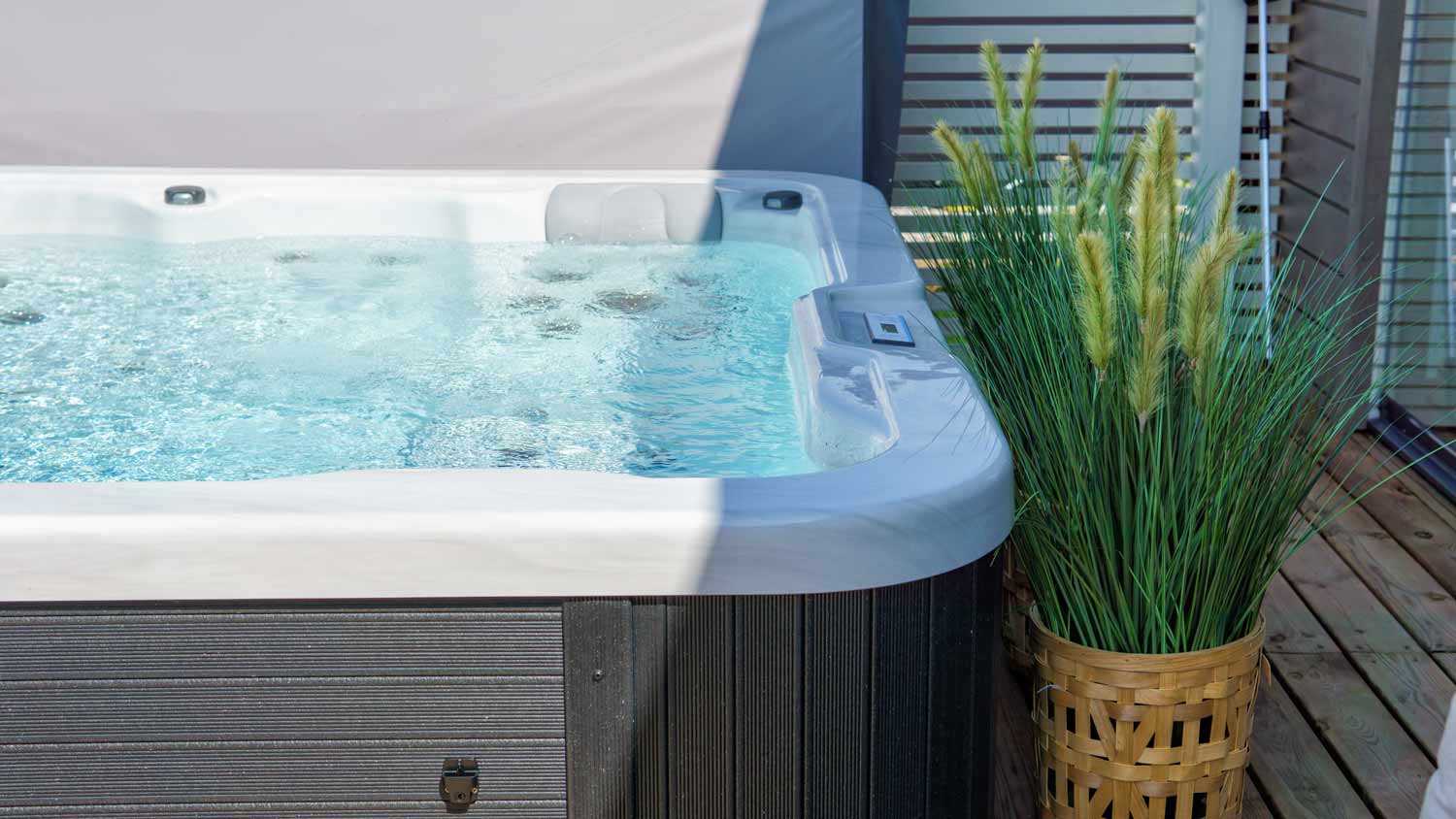
Swim spas share some of the features of hot tubs and pools, but there are some key differences, too.
When comparing a swim spa vs. a hot tub, it is clear that a swim spa can do everything a hot tub can do—plus more. The main difference beyond swim spas’ added swimming and fitness features are cost and size. When it comes to installation and maintenance, swim spas cost more than hot tubs.
Looking at swim spas vs. pools, the most obvious difference is their size. Swim spas are smaller than traditional pools, typically ranging in size from 12 to 19 feet long. While you can swim in a swim spa, it is a different experience because that ability is powered by the current system. Swimming pools are larger, meaning you can host more people, but they also take up a good portion of your yard and cost more to maintain.
The average cost for a swim spa is $22,500. But, you can find them for $7,000 on the lower end or even up to $50,000 on the higher end. Overall, it depends on the size, quality, and features you want. Basic maintenance and repairs cost between $110 to $350.
On average, swim spas last five to 20 years—which is a broad range. Ultimately, how long your swim spa lasts depends on how well you manage its upkeep.
Swim spa maintenance requirements are similar to those of an inground swimming pool. Typically these are things you can do yourself, including:
Change the water regularly.
Keep a cover on it when not in use.
Check the water level.
Clean the filters.
Ensure the temperature is correct.
Test the chlorine and pH levels.
Treat the water with chemicals.
From average costs to expert advice, get all the answers you need to get your job done.

Discover the average hot tub maintenance cost, what impacts pricing, and how to save money. Get expert tips to keep your hot tub running smoothly all year.
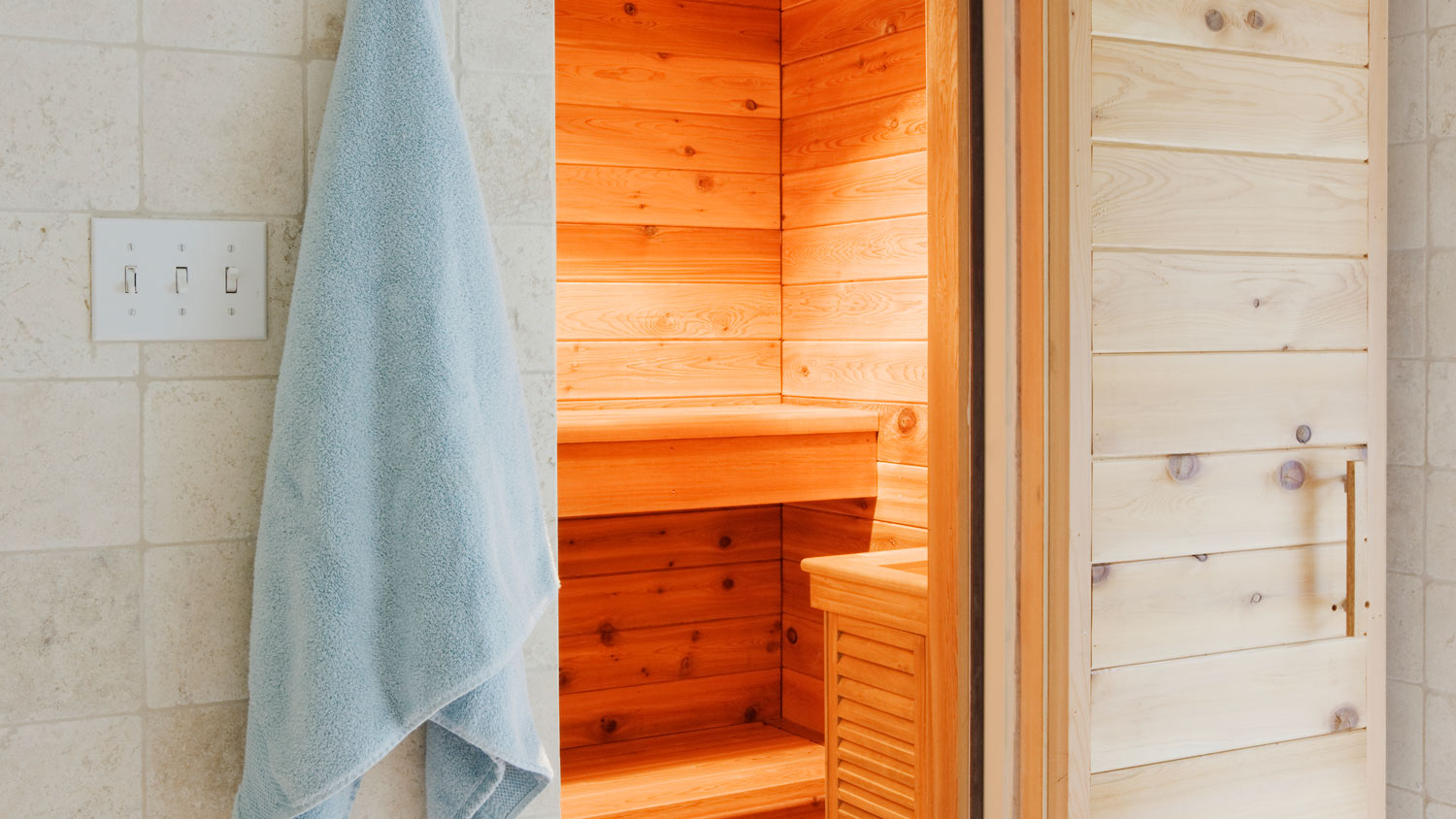
Discover how much installing a steam room costs, including average prices, key cost factors, and tips to save on your steam room installation.

We could all use some relaxation, but we don’t always have the budget. This guide will show you how much an in-ground hot tub costs—no matter the build.

Saltwater hot tubs are a great alternative to traditional options. Discover the pros and cons of saltwater hot tubs to see if one is right for you.
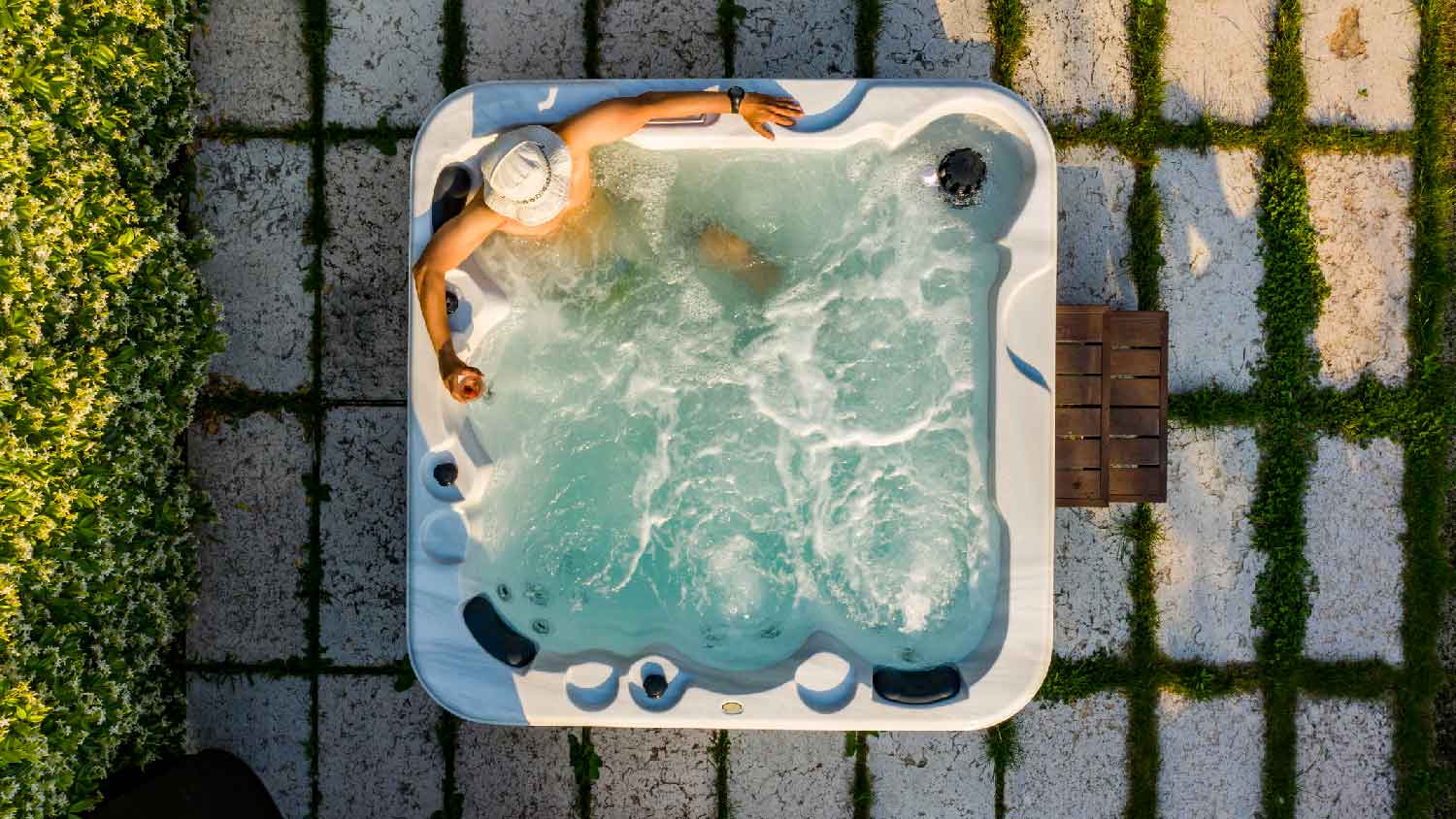
Does your hot tub have you seeing green? Get the answer to "why is my hot tub green" and find out how to get the water back to normal.
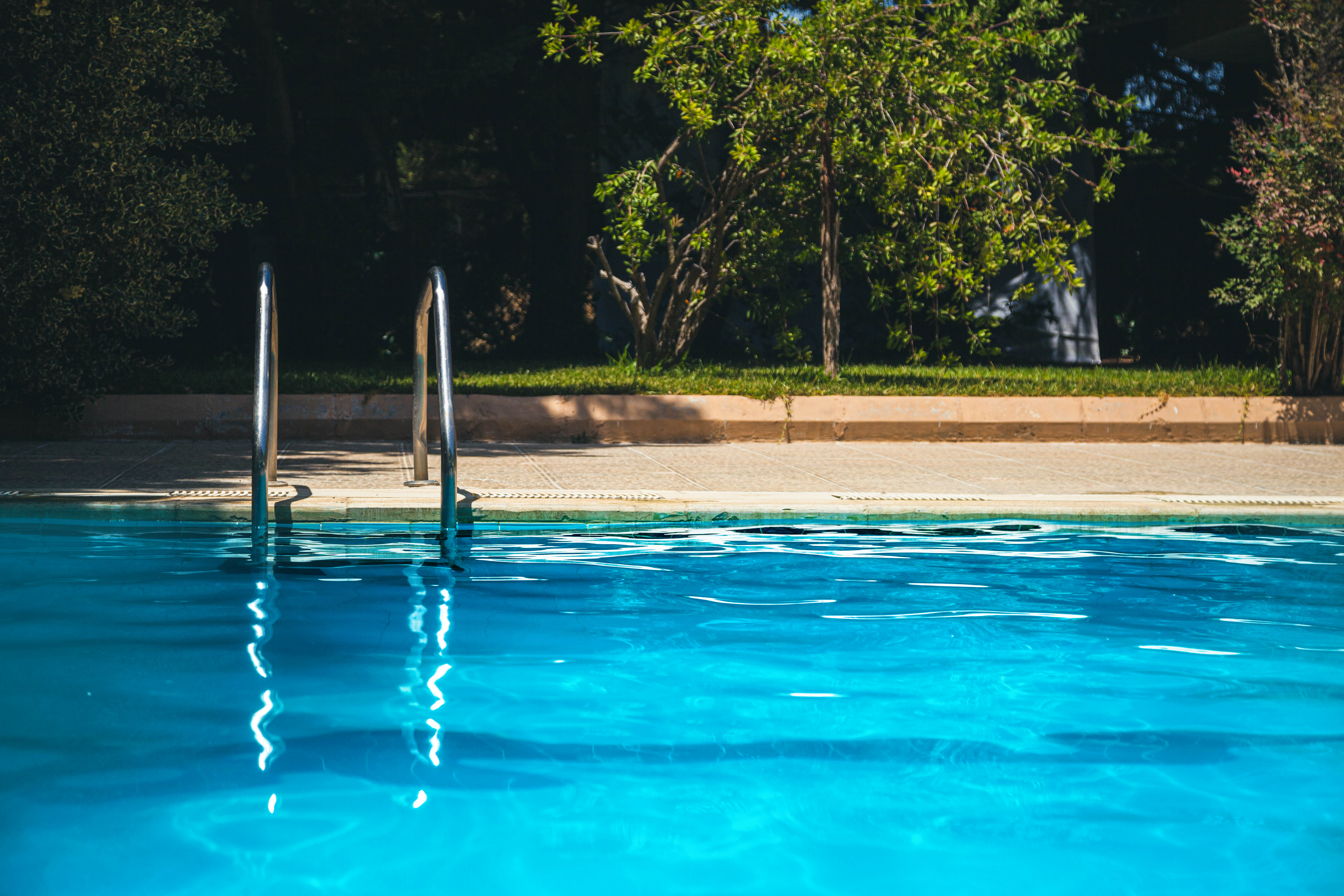
Discover how much a pool vacuum costs, including average prices, installation, and maintenance factors to help you budget for a cleaner pool.